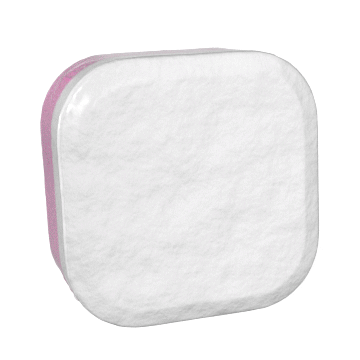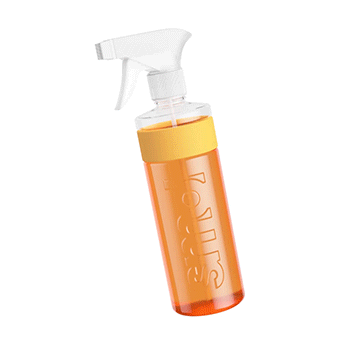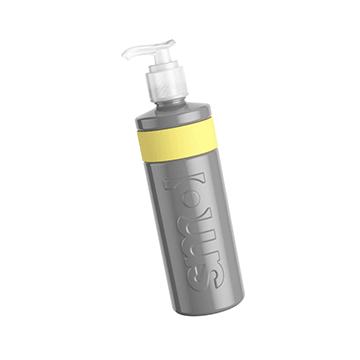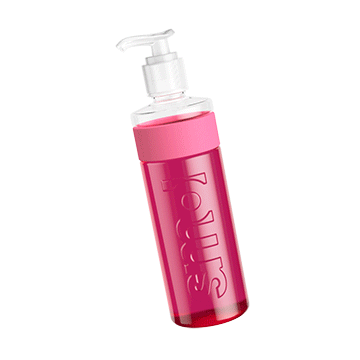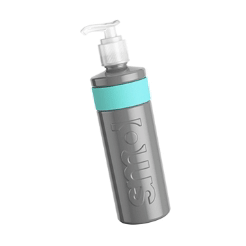
Compared to other drying methods… we think it is.
So we wanted to check out the actual costs involved in getting your laundry dry. During winter months and under increasing energy prices, it’s more relevant than ever to examine what our laundry is costing us and the drying part certainly adds up…
Tumble dryers

Two-thirds of us have them in our homes and yes, they make life easier in the colder, wetter months BUT they use a LOT of energy. And that means bigger bills.
As of October 1st, 2022, one kWh of electricity will average 34p.
Vented dryers expel moist air via a hose so must be sited near a wall or window and can be the most costly to run. A 9kg vented tumble can use around 5.34 kWh of electricity to dry a full load.* That’s £1.82 per cycle.
Condenser dryers collect moisture in a container within the machine that you must empty (although some can pump it out via the plumbing). They’re slightly cheaper to run than vented machines with an average 9kg version using 5.2 kWh of electricity to dry a full load.* That’s £1.77 per cycle.
Heat pump dryers also collect moisture in a container, but they reheat the air passing through the drum (using a heat exchange system, not more electricity) and reuse it. This means a 9kg machine uses around 2.16 kWh of electricity to dry a full load.* That’s £0.73 per cycle.
So what are some cheaper options?
Heated airers.
These portable drying racks are proving popular because they can be set up anywhere to dry clothes quickly and easily and are often cheaper to run than a tumble dryer or having to rely on your heating. Just plug in the airer and it will gently heat up to dry your clothes in a few hours.
However, if you’re tempted by a heated clothes airer - check the wattage on your particular model in order to work out its running cost. A 300 watt airer, for example, will use just 0.3kWh of power costing you 10.2p for every hour of use. BUT, if you own a more powerful 1000 watt airer, this cost more than triples to 34p per hour of use.
It’s estimated an airer takes around 5 hours to dry a rack of cotton laundry so your 300 watt airer will cost you 51p and the 1000 watt airer would cost £1.16.
If you forget it’s plugged in… it could be a costly way to dry.
Fan-dom.

Drying your laundry without electric-generated heat is going to be a much cheaper option. Many of you are now putting your fans to work in winter! Yes, they kept you cool through the summer heatwave but now they can dry your washing too. Placing one strategically in front of your drying rack can rapidly speed up the drying process.
Running a basic table top fan (which uses around 0.042 kWh of electricity) will cost 1.4p an hour, and an average tower fan (which uses 0.056 kWh of electricity) will cost around 1.9p an hour - so still so much much less than popping on the tumble drier or a heated airer..
The evaporation will take time but even on a 24 hour setting the table top fan is only going to cost you 34p and the tower fan 46p.
Central heating.
If your heating is on already - perhaps using some radiators to dry laundry is a valid way to go. But it’s definitely an expensive method.
The average 3 or 4 bedroom home has around ten radiators that run off a small or medium gas boiler (for example 24-30 kW). With the price of gas now limited to 10.3p per kWh that means an hour of heating your 10 radiators could cost between £2.47 and £3.09 depending on your boiler size.
Of course if your boiler runs on electricity rather than gas then it’s going to cost more. Electric boilers are less powerful than gas boilers, so they are suitable for homes with a maximum of 3 bedrooms. If you are heating 10 radiators with an electric boiler (using a 15kWh boiler) it will cost you £5.10 for every hour of use.
If you’re heating your home regardless (because it’s cold outside!) then placing your laundry in front of your radiator is too good an opportunity to waste BUT experts do warn that drying wet laundry inside can encourage mould so they recommend to leave a window open (which kind of defeats the purpose of having the radiators on to heat your home!).
Just hang out.

Last but not least there’s something incredibly free…
Whenever it’s possible if you can line-dry outside you are going to save huge amounts on your laundry compared to any other method. You can even buy rotary line covers that keep the rain off your laundry in the depths of winter allowing outdoor drying all year round.
There’s nothing better than the fresh feel of line-dried laundry and if you want to save money and cut your carbon then there’s no better way to go.
And don’t forget any UV rays from the sun can not only kill bacteria on your clothing but they will fade or remove any stains given time. It’s a win for your wallet in all ways!
Hanging indoors is also free… it may take a couple of days, but it should dry eventually!
Of course drying is just one part of your laundry costs so don’t forget to check out our wash-o-meter to learn the hidden costs of your dirty washing.
* ideal home 2022

